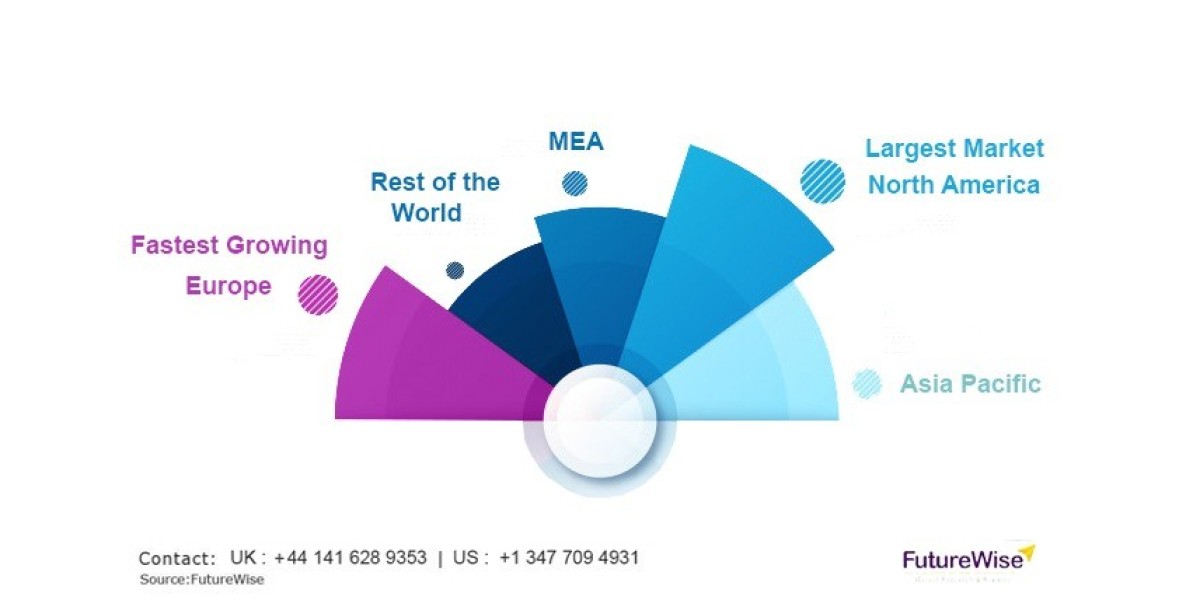In the ever-evolving field of regenerative hair restoration, the debate over whether Platelet-Rich Fibrin (PRF) or Platelet-Rich Plasma (PRP) is more effective for promoting hair growth is a central focus. Both treatments harness the body's natural healing components to stimulate hair follicles, offering non-surgical solutions for conditions like androgenetic alopecia (pattern hair loss). However, their preparation, composition, and mechanisms of action lead to distinct clinical profiles.
Understanding the Basics: PRP and PRF
Both PRP and PRF begin with a straightforward blood draw from the patient. This blood is then processed in a centrifuge to separate and concentrate the beneficial components.
Platelet-Rich Plasma (PRP): The preparation of PRP involves spinning the blood at a high speed with the addition of an anticoagulant to prevent clotting. This process isolates a plasma rich in a high concentration of platelets. Upon injection, these platelets release a potent dose of growth factors in a rapid burst, typically lasting for 1 to 2 days. This immediate surge of growth factors is ideal for jumpstarting the regenerative process.
Platelet-Rich Fibrin (PRF): PRF, often considered the next generation of platelet therapy, is prepared using a slower spin speed and without added anticoagulants. This technique results in a liquid concentrate that forms a natural, gel-like fibrin matrix upon injection. This matrix contains a higher concentration of white blood cells and stem cells in addition to platelets. The fibrin scaffold acts as a time-release system, leading to a slow, sustained release of growth factors over a period that can last up to 7 to 14 days or longer.
Mechanism of Action: Burst vs. Sustained Release
The primary difference in efficacy lies in the growth factor release mechanism.
PRP's Rapid Burst: Provides an immediate, powerful stimulus to dormant or miniaturizing hair follicles, often leading to quicker visible results. This fast-acting approach is well-established and predictable, especially for early-stage hair thinning.
PRF's Sustained Release: The fibrin matrix delivers growth factors, white blood cells, and stem cells slowly and continuously to the hair follicles over an extended period. This sustained nourishment and regenerative cell support are believed to enhance tissue regeneration, potentially offering a more profound and longer-lasting effect on hair density and thickness.
Clinical Effectiveness and Research
While PRP has a longer track record and more extensive research, emerging studies are favoring PRF for superior long-term outcomes. Comparative studies indicate that Injectable PRF (I-PRF) may lead to better hair growth outcomes, including increased hair density and thickness, compared to PRP. Some studies also report higher patient satisfaction rates with PRF.
Practical Considerations: Cost, Sessions, and Maintenance
The choice between PRP and PRF is influenced by practical factors such as cost, frequency of sessions, and maintenance requirements. PRF sessions are typically more expensive but may lead to longer-lasting results, potentially requiring fewer maintenance sessions over time.
In Conclusion
While PRP is the gold standard with extensive research support, PRF is emerging as a promising alternative with its sustained release of growth factors and richer cellular composition. The choice between PRP and PRF should be based on individual preferences, hair loss pattern, goals, and budget. Consulting a hair restoration specialist is essential to determine the most suitable treatment for each individual.



